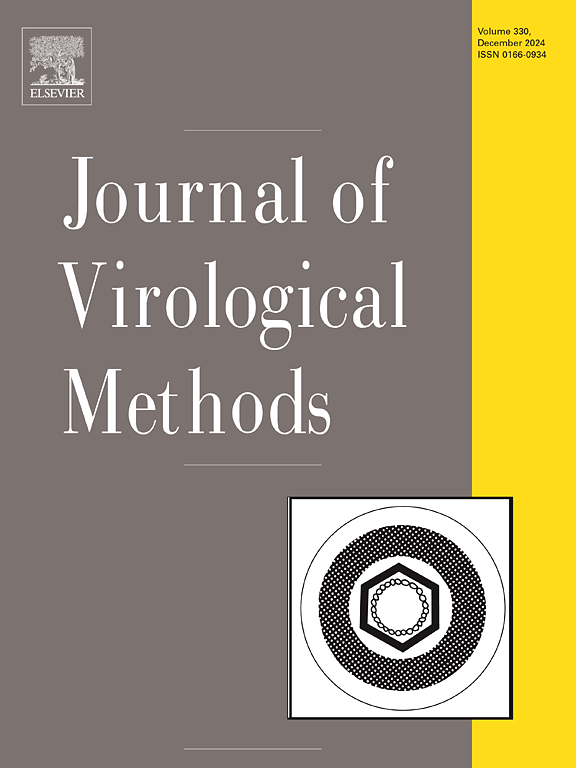Overcoming the woody barrier: Dodder enables efficient transfer of infectious clones to woody plants
IF 2.2
4区 医学
Q3 BIOCHEMICAL RESEARCH METHODS
引用次数: 0
Abstract
Woody hosts are notoriously resistant to genetic transformation. Traditional methods, such as Agrobacterium-mediated transformation, are often inefficient, and this limitation extends to delivering infectious clones to woody plants. Dodder species (Cuscuta spp.) are holoparasitic plants that can establish direct connections with the vascular tissue of the parasitized plants, allowing them to facilitate virus transmission between unrelated botanical species. We demonstrated that a novel dodder-based approach achieved superior transmission in Rubus spp. compared to direct agroinoculation. The transmission rates for systemic blackberry chlorotic ringspot virus transmission increased from 9 % to 73 %, whereas the transmission of the phloem-limited blackberry yellow vein associated virus rose from 0 % to 46 %. This novel method expands the toolbox available to plant biologists to study virus-host interactions in woody plants.
求助全文
约1分钟内获得全文
求助全文
来源期刊
CiteScore
5.80
自引率
0.00%
发文量
209
审稿时长
41 days
期刊介绍:
The Journal of Virological Methods focuses on original, high quality research papers that describe novel and comprehensively tested methods which enhance human, animal, plant, bacterial or environmental virology and prions research and discovery.
The methods may include, but not limited to, the study of:
Viral components and morphology-
Virus isolation, propagation and development of viral vectors-
Viral pathogenesis, oncogenesis, vaccines and antivirals-
Virus replication, host-pathogen interactions and responses-
Virus transmission, prevention, control and treatment-
Viral metagenomics and virome-
Virus ecology, adaption and evolution-
Applied virology such as nanotechnology-
Viral diagnosis with novelty and comprehensive evaluation.
We seek articles, systematic reviews, meta-analyses and laboratory protocols that include comprehensive technical details with statistical confirmations that provide validations against current best practice, international standards or quality assurance programs and which advance knowledge in virology leading to improved medical, veterinary or agricultural practices and management.

 求助内容:
求助内容: 应助结果提醒方式:
应助结果提醒方式:


